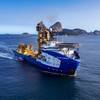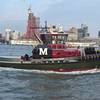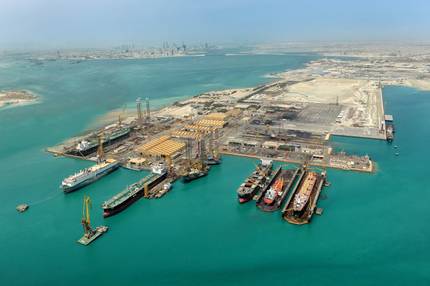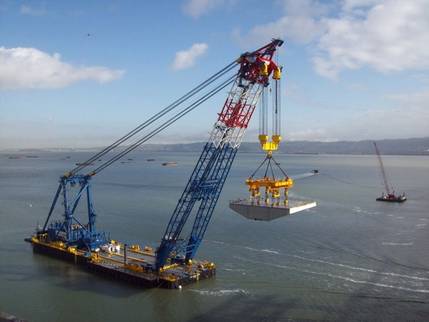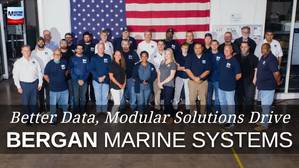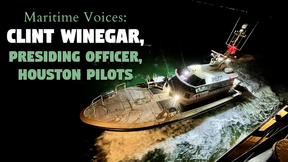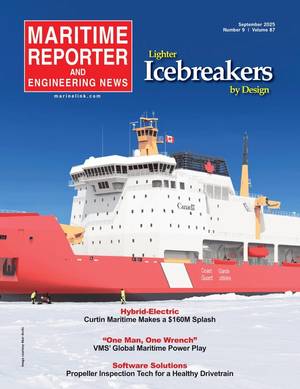Report Identifies Four Key US Industrial Carbon Capture Clusters
EFI Foundation CEO Ernest J. Moniz has published a new report, supported by carbon capture solutions company Carbon Clean, that describes a new coordinated regional approach in the US with great potential for significant carbon emissions reductions.
The report, “A New Industrial Backbone: Exploring U.S. Regional CCUS Hubs for Small-to-Midsize Industrial Emitters” lays out a blueprint that calls for a hub approach to carbon capture.
The study identifies four regional hubs in the US that have significant numbers of small-to mid-size industrial facilities and the right infrastructure characteristics to accelerate CCUS at scale. The four regional hubs identified are the Greater Houston area, Louisiana, Ohio River Valley, and the southern Great Lakes region. Capture targets in these four regional clusters alone include 734 small-to-midsize units emitting a collective 72 million metric tonnes of CO2 (MtCO2) per year, approximately equivalent to the annual net emissions of Washington state.
The EFI report identifies the following potential targets for carbon capture:
• 311 industrial units in the Greater Houston area, representing a combined total of 36.6 MtCO2 of capturable emissions per year.
• 107 industrial units in Louisiana, representing a combined total of 12.0 MtCO2 of capturable emissions per year.
• 127 industrial units in the Ohio River Valley area, including a 100-mile radius encompassing Cleveland and Pittsburgh, which represents a combined total of 8.3 MtCO2 of capturable emissions per year.
• 189 industrial units in the southern Great Lakes region, including Illinois, Indiana, Ohio and Michigan, which represents a combined total of 15.0 MtCO2 of capturable emissions per year.
Following the passage of the Inflation Reduction Act in 2022, industrial emitters in the US can leverage the law’s 45Q credit to enable effective hub development. The regional clustering of capture emissions, coupled with an incentivising regulatory environment and supportive policies, invites cost-saving coordination between facilities. Smaller emitters from hard-to-abate industries will reap the most benefits from a localised hub approach.
Ernest J. Moniz, who served as US Secretary of Energy (2013-2017), said: “To reach our climate goals, we must go well beyond the power sector and pursue industrial decarbonisation and carbon dioxide removal. Carbon, capture, utilisation and storage hubs are pathways to effective industrial decarbonisation of small and midsize emitters.”
Carbon emissions from hard-to-abate sectors comprise about one quarter of total US GHG emissions. Over the past several years, small-to-mid-size industrial emitters have sought to decarbonise but faced challenges due to size and cost. To date, individual standalone projects have lacked the economies of scale in carbon transport and storage, which is why a regional cluster approach to CCUS can help overcome the logistical and financial challenges of decarbonising sites on an individual or piecemeal basis.
Aniruddha Sharma, Chair and CEO of Carbon Clean, says the emergence of breakthrough technology to create smaller scale carbon capture applications, such as Carbon Clean’s CycloneCC, dramatically reduces the space requirements and necessary financial investment.
“This report affirms the immense opportunity within the US to leverage point-source carbon capture technology as part of a collective effort towards industrial decarbonisation. Historically, a significant number of industrial sites in the US have been deemed too difficult to decarbonise due to barriers of cost, complexity and lack of space. Our scalable, modular technology is specifically designed for these hard-to-abate industries that provide a lifeline for the jobs binding communities across the country.”
Sharma says CycloneCC reduces the overall cost and physical footprint of carbon capture by up to 50%. CycloneCC is modular, compact and its ‘plug and play’ design makes it cost-effective and scalable. It is prefabricated so it can be installed and operational in a matter of weeks.






